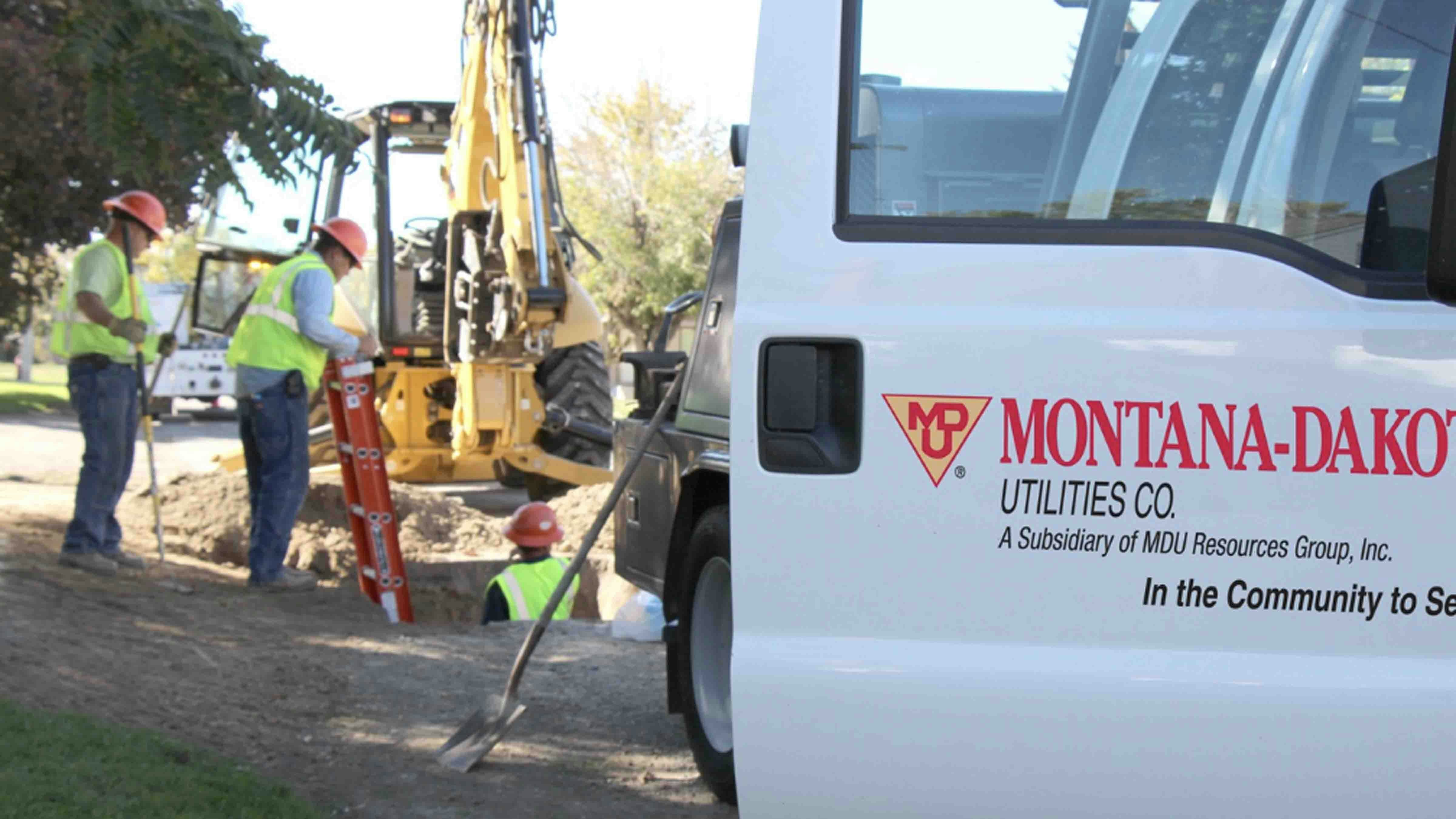By Renée Jean, Business and Tourism Reporter
renee@cowboystatedaily.com
Inflation in the Cowboy State continues to post double-digit increases for transportation and food, based on Wyoming’s latest cost-of-living report.
The report, released this week and prepared by State Economic Analysis Division Principal Economist Amy Bittner, shows statewide inflation rate of 10.1% over the previous 12-month period, the highest increase since the third quarter of 1981 when the inflation rate was 11.8%.
What’s Up The Most?
The category that increased the most in Wyoming was transportation at 16.4%, largely tied to higher energy prices, Bittner said.
Food prices, however, were not far behind at 15.6% higher than a year ago.
“I think the report just reflects what I think people in Wyoming have already seen for themselves,” Bittner told Cowboy State Daily. “It’s the highest inflation we’ve had in 40 years, very similar to the U.S. CPI (Consumer Price Index), you know the U.S. CPI around the same time, they have the highest number in 40 years.
“Prices were up across the board through all types of consumer categories.”
Energy Impacts
Energy prices in particular has contributed to the inflation across the board, Bittner said.
“Any goods that have transportation involved, their prices are affected by higher gasoline prices,” she said. “Items have to get to stores.”
Food prices, meanwhile, have been struggling not just under the weight of higher energy prices for transport, but also a variety of supply chain issues.
Avian influenza, for example, was a big hit for fowl population in many states, jolting prices for poultry and eggs. The price for a dozen eggs is at least double what it was a year ago, while chicken breasts cost on average $1 more per pound, based on price data from the Bureau of Labor Statistics.
Global Drivers
Drought in India, meanwhile, as well as cuts to sugar beet production in the European Union, along with bad weather and additional ethanol production in Brazil impacted what’s become a global shortage of sugar, pushing prices up 28% for the baking staple.
Then there’s the war in the Ukraine, which has impacted a number of agricultural commodities, ranging from grains like wheat and corn to oilseeds like sunflower and soybeans. Overall, 52% of the sunflower seed oil traded around the globe came from Ukraine in 2020.
These are just a few of the supply issues affecting a variety of food prices and contributing to substantially higher inflation rates for that category, which also includes eating out as well as grocery store prices.
Housing Costs
Housing in Wyoming, meanwhile, shows the third highest inflation rate, posting an 8.6% rise year-over-year, followed by recreation and personal care, which was up 5.6%. Medical expenses were up 3.9% and apparel by 3.2%.
The figures are all for the 12 months from the third quarter of 2021 through the second quarter of this year compared to the previous 12-month period.
Prices Up All Over
There weren’t many differences in the inflation rate by region. Northwest Wyoming posted a 9% inflation rate, which Bittner attributes to being a more rural area with lower population.
Central Wyoming showed a 10% inflation rate year-over-year, the northeast 10.%, and both southwest and southeast Wyoming were at 10.5%.
“No part of Wyoming was immune to high prices,” Bittner said. “All regions of Wyoming experienced high inflation over the year. I don’t think this is news to anybody. I think anybody who has gone into any store in the last year to buy anything has noticed high prices.”
The county with the highest cost of living continues to be Teton County, which has an overall index of 165. That means it costs 65% more to live there than other Wyoming counties.
The second highest was Lincoln County and the Afton area at 107, followed by Laramie County at 105. Sublette was 101 and Sheridan 100.
The remaining counties were all under 100, with Washakie the lowest at an index of 85, or 15% below the state’s average cost of living.





